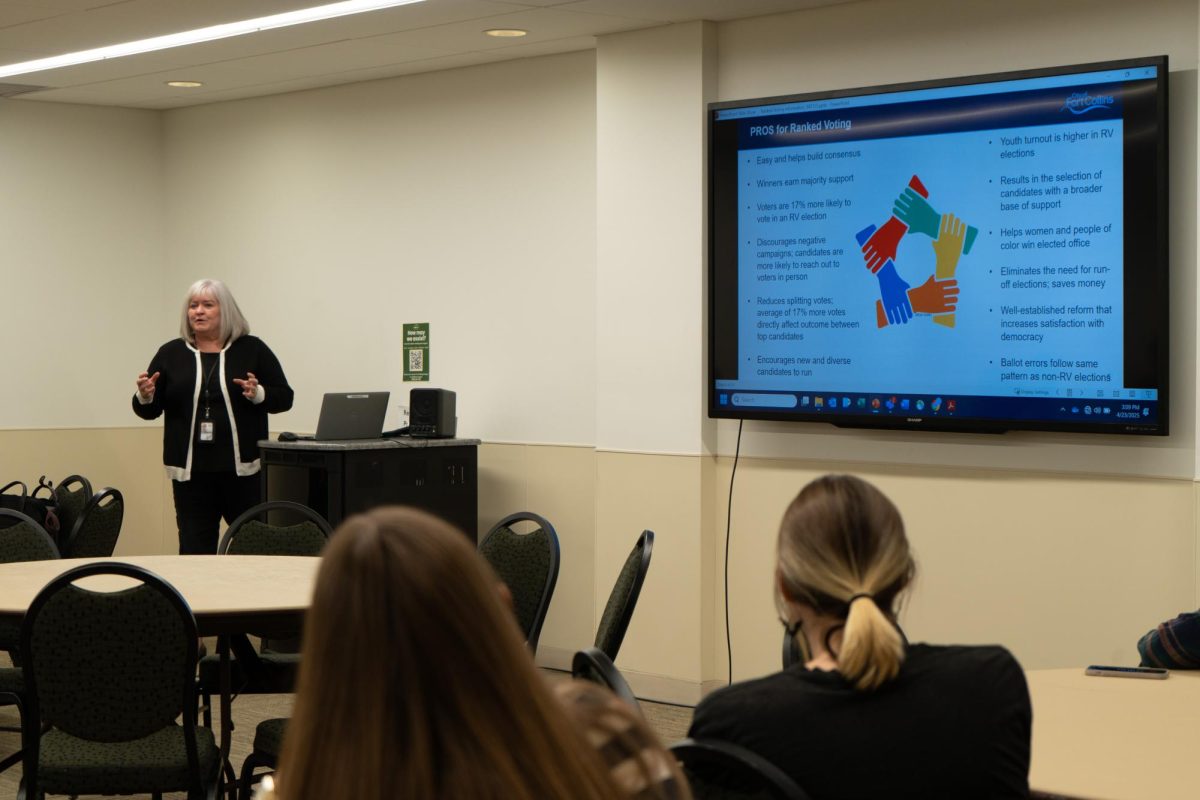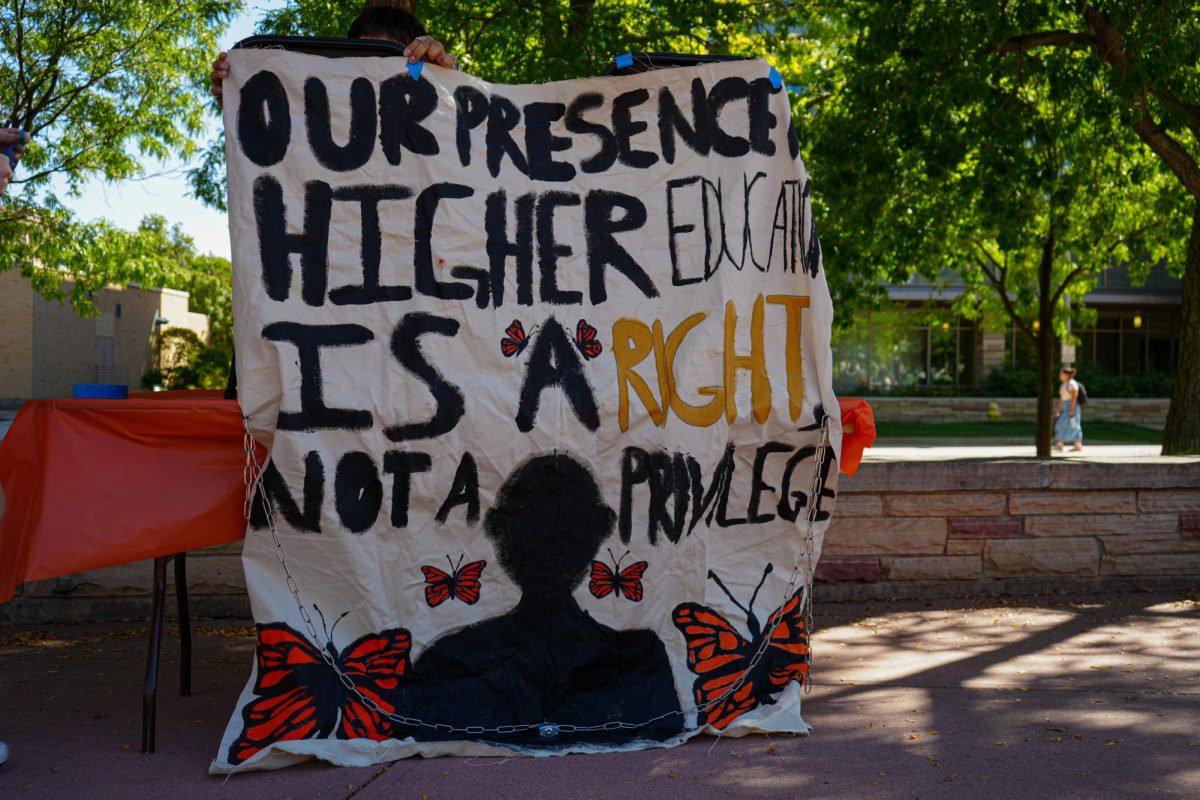The steadily increasing population in Fort Collins has increased the number of crashes and traffic incidents in Fort Collins, according to the City of Fort Collins.
Joe Olson, the head of traffic Operations for the City of Fort Collins, said the city has seen an increase in the number of crashes in the past five years – up about 22 percent from 2012 to 2016.

Since 2000, the population in the city has increased more than 32 percent and that number continues to rise each year. As of July 2015, the population of Fort Collins surpassed 161,175, according to the U.S. Census Bureau.
The rising population of northern Colorado brings an ever-increasing traffic volume along with a resultant increase in crashes.
Joe Olson said the most frequent types of crashes can be avoided through simple safety tips.
“We’ve seen an uptick in crashes throughout the city over the past five years,” Olson said. “The good news is that serious injury crashes have not increased.”
Intersections with higher traffic volume equate to higher incidences of crashes. Throughout Fort Collins the top three intersections with the highest traffic volumes are:
- Timberline and Harmony – 88,400 vehicles per day
- College and Harmony – 75,300 vehicles per day
- College and Drake – 72,000 vehicles per day
Olson said that most crashes are various forms of car versus car, which account for 47 percent of crashes – the most prevalent of these are rear end crashes.
The next most common form of crash occurs when a motorist is attempting to make a left turn when the light turns yellow. Olson said that according to crash reports most people assume oncoming traffic will stop and so they proceed to go on yellow, which results in high-speed accidents.

“These crashes are completely preventable with a bit of driving acumen,” Olsen said.
Car versus bicycle crashes account for 23 percent of crashes, and since 2012, have declined 11 percent.
The reason for this decline can be attributed to better infrastructure put in place by the city as well as the public being generally more aware of bicyclists.
Compared to other similar cities in Colorado, Fort Collins had the second-lowest rate of crash fatalities. In Front Range cities with a population between 100,000 and 150,000, Fort Collins, with an average of 3.8 yearly crash fatalities between 2011 and 2015, had the second-lowest rate, only slightly higher than Boulder.
Olson said drivers can reduce the risk of crashes by minimizing their distractions. He attributed the prevalence of cell phones, music and distracting passengers in the car as factors that take away attention from what is happening on the road.
Collegian reporter Sam Aniello can be reached at news@collegian.com or on Twitter @SBAniello.










